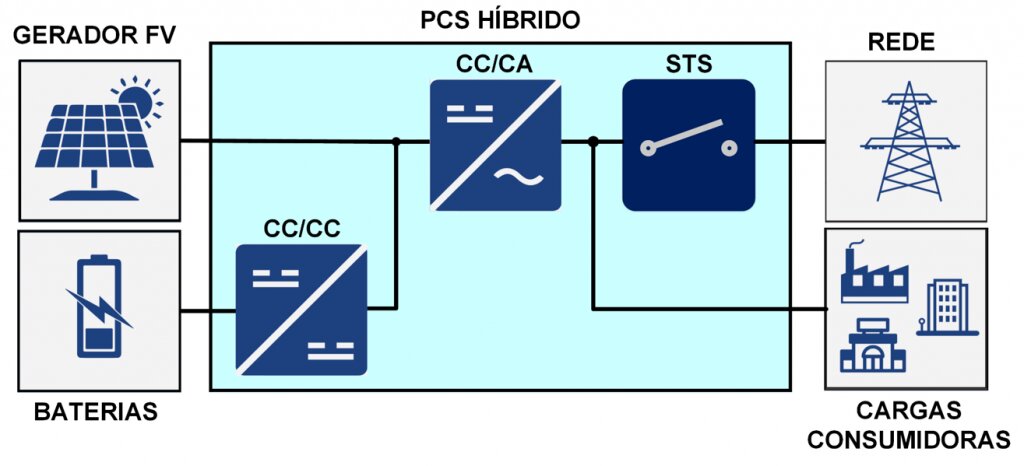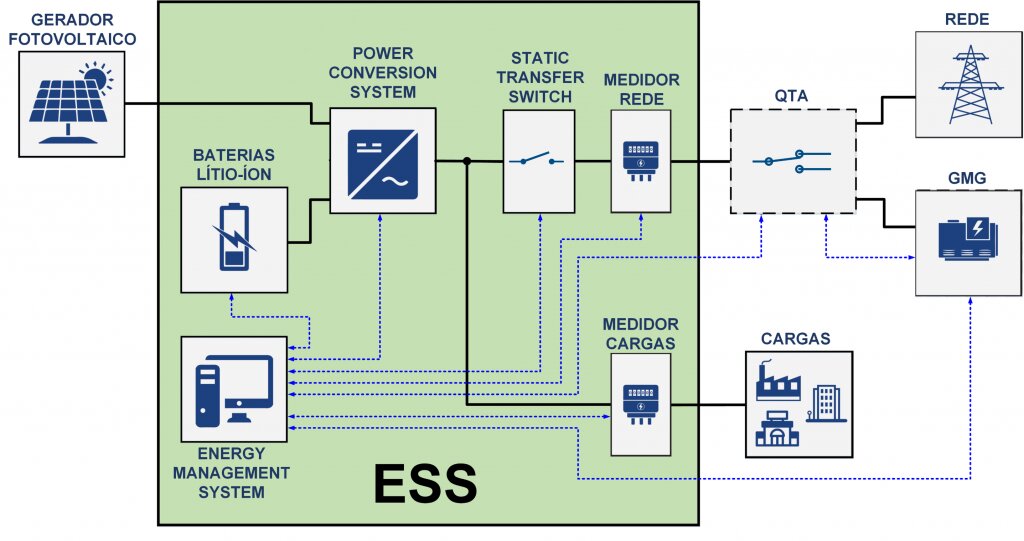One of the points that keep any entrepreneur who owns a medium or large business up at night is the high cost of energy during operation. rush hour.
You tariff stations Today, they force supermarkets, shopping malls and other businesses and industries to use alternative means to the electricity grid during the tariff period in which energy is more expensive – such as, for example, diesel generators.
The problem is that the use of generators powered by diesel oil brings some challenges to these establishments, including noise and air pollution, high maintenance and fuel costs, and the need to have specialized labor in the operation of this equipment.
With the rapid development of energy storage technologies, PHB Solar In 2019, it brought a solution called BESS (Battery Energy Storage System), designed precisely to help consumers billed in the A group, which operate during peak hours.
O BESS is, in a simplified way, a container filled with batteries and electronics that allows the coupling of the electrical grid, batteries, photovoltaic system and diesel generator in a single product, which works as a backup for the customer, that is, it provides energy for the establishment in case of network failure, and other diverse solutions.
Within the possible applications of BESS, in addition to operation as backup, are the energy time-shift, peak shaving and local self-consumption.
To avoid the high rates that are applied during peak hours, the customer can, through energy time shift, load the BESS batteries during the day, through the photovoltaic solar source and dispatch energy during peak hours, avoiding consumption from the grid and taking advantage of a much cheaper and sustainable source.
In addition to supplying electricity during peak hours, the BESS can be configured to avoid possible demand overruns, which in turn would result in fines. To meet the most diverse scenarios, PHB works with 10, 20 and 40 foot containers. Modular configuration of power converters, reaching up to 500 kVA and up to 1.96 MWh (per container).
The PCS (power conversion system) is treated as a hybrid in the configuration in which the DC/DC, DC/AC and STS (static transfer switch) converters are installed in a single cabinet, where a conventional system would bring these equipment in separate cabinets, requiring more space and increasing the cost.
The batteries, BMS (battery management system – battery management system), EMS (energy management system – energy management system), air conditioning, smoke and temperature sensor, surveillance cameras and fire prevention system.
We see above the most complete case, where in addition to the container, there is the photovoltaic generator (on the left), motor generator group and network (on the right). It can be adapted to desired scenarios and project requirements.
The container can have the role of forming a network, working completely off-grid, with the photovoltaic system responsible for supplying the batteries and the diesel generator being able to act as a backup. Configuration that brings the possibility of powering completely remote locations without compromising sustainability.
PHB's BESS is quoted directly with the PHB engineering team via emails: [email protected] It is [email protected].

















